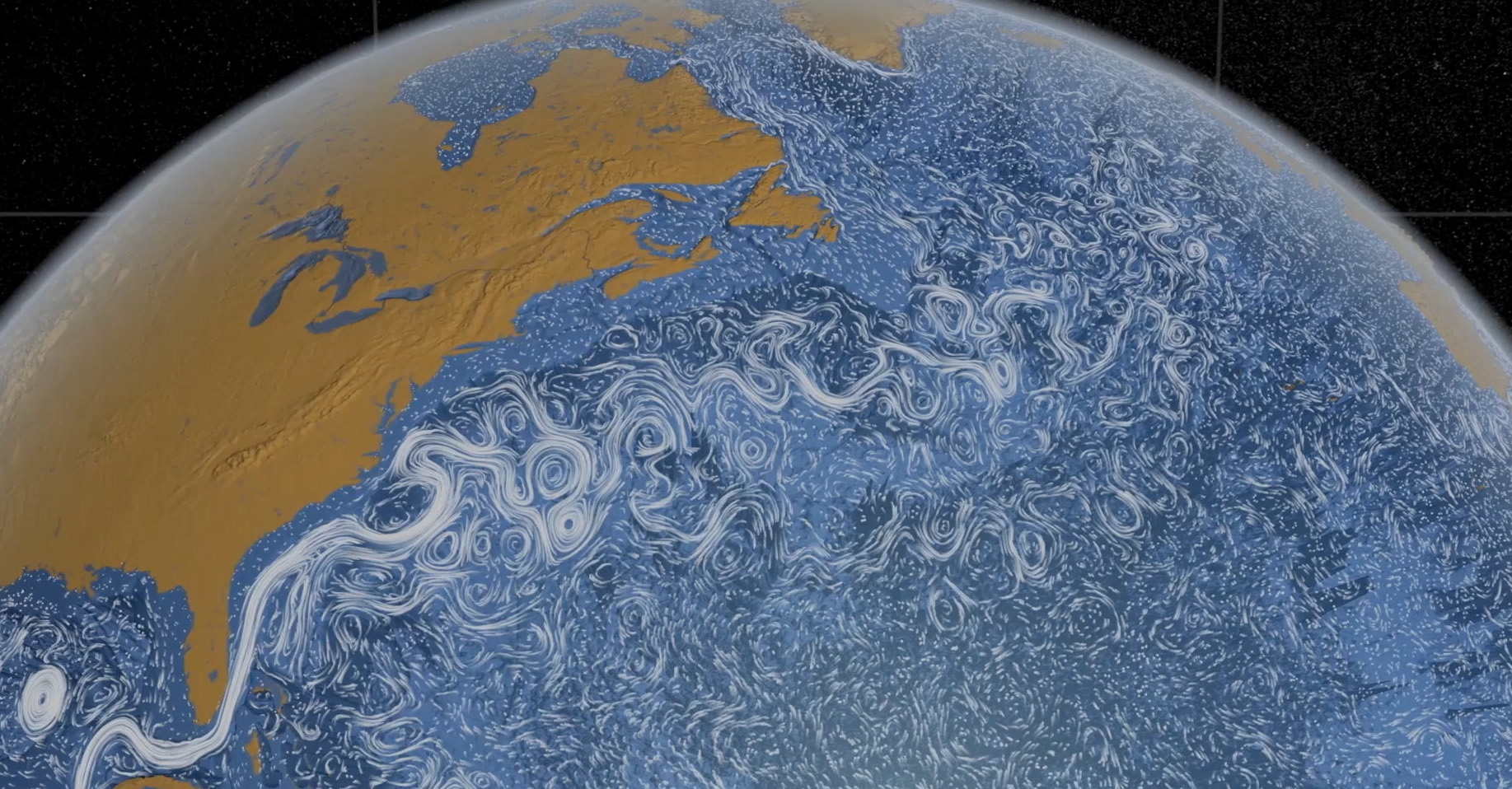I’ve said many times in the past that the Earth is the best planet in the Universe. No matter where we go, we’ll never find a planet that’s a better home to Earth life than Earth. Of course, that’s because we, and all other Earth life evolved in this environment. Evolution adapted us to this planet, and it’s unlikely we could ever find another planet this good for us.
However, is it the best planet? Are there places in the Universe which might have the conditions for more diversity of life?
The fact that we have life on Earth at all is pretty amazing. We’re located in the habitable zone of a main-sequence star that doesn’t produce too many killer solar flares.
We’ve got a thick atmosphere filled with oxygen and nitrogen that we can breathe. The planet is large enough that it’s still molten in its core, with a rotating ball of iron that maintains a planetary magnetic field. This, combined with a thick atmosphere protects the surface of the planet from cosmic rays, the worst of ultraviolet radiation from the Sun, and deadly solar storms.

We have plate tectonics that constantly recycle material on the surface of the planet, bring fresh chemicals up from its interior.
We have a relatively large moon, which probably keeps our planet more stable in its axial tilt, with tides that helped early lifeforms transition from the oceans to the land. But not too big a moon.
We have huge oceans that help regulate the climate of the planet, moving warm waters to cooler regions, to make them more diverse and habitable.
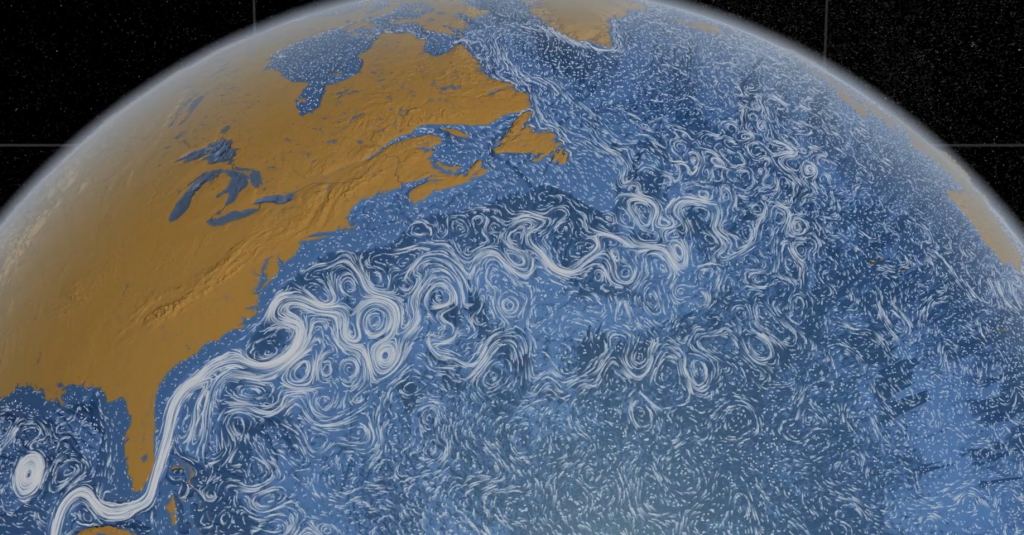
The list goes on, and I’m sure there are factors that we haven’t even discovered yet.
And when it comes to Earth, life has thrived, finding its way into every possible ecological niche, adapting itself through evolution to handle bitter cold, intense heat, the intense pressures at the bottom of the oceans, even cities, living right next to human beings.
But could Earth be better? Could there be planets which are super habitable?

If there’s one thing the field of astronomy has taught us, it’s that we’re not special. We’re not the center of the Solar System. This isn’t a special place or time in the Universe. And that probably means Earth isn’t the best place for life. It’s the best place for humans, but not for life.
According to a paper in 2013, Penn State astrobiologist Ravi Kumar Kopparapu and others calculated where the edges of a star’s habitable zone should truly be, based on modern climate data. They calculated that a habitable zone around a sunlike star should be between 0.99 and 1.7 times the distance from the Earth to the Sun.
Which means that the Earth is actually right on the inner edge of the Sun’s habitable zone. Like, just barely. If it was any closer to the Sun, we’d experience a runaway greenhouse effect, like Venus.

You probably want to be closer to the middle of the habitable zone, where orbital variations won’t push your planet into extremes.
The Earth is relatively young. Considering the fact that the planet has only been around for 4.5 billion years now, and only figured out multicellular life in the last few hundred million years.
The Sun is heating up, and since we’re so close, we’ve actually only got a few hundred million years, a billion years at the most before temperatures rise and the oceans evaporate. But what if life could have gotten billions of more years of evolution to work out new, more diverse forms of life?
You think a platypus is unusual, just imagine what you’d get with 2 billion more years of evolution. Or 20 billion.
In a 2016 paper called Superhabitable Worlds, Rene Heller and John Armstrong run through the conditions that might make the most habitable possible planet. This is a very readable paper, with lots of cool ideas. If you’re a science fiction writer looking for some world-building ideas, definitely check it out. I’ll put a link in the show notes.
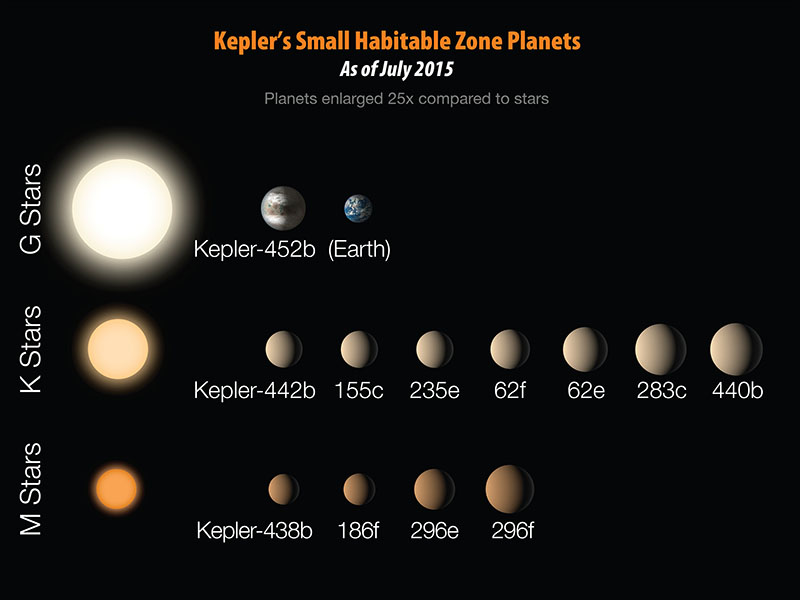
They propose that stars with less mass than the Sun, classified as K stars, are probably the best candidates for diversity since they’re long-lived and relatively stable. A K-type star will have a lifetime of 20-70 billion years without those pesky red dwarf megaflares.
You would want other planets in the star system, capable of redirecting asteroids and comets with their gravity to deliver water and other chemicals needed for life. Thanks for that, Jupiter.
And ideally, you want multiple habitable planets in the same system, capable of sending life back and forth. A process known as panspermia.
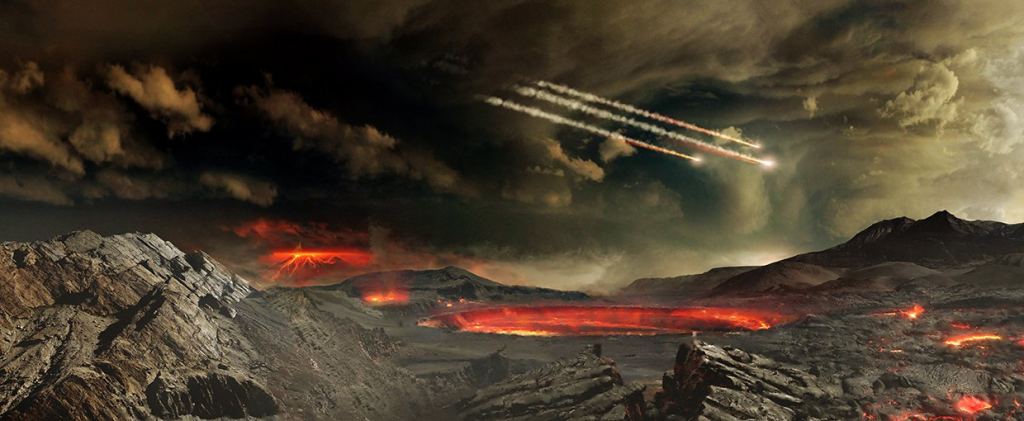
Make your habitable planet the moon of a gas giant to get powerful tidal forces that would keep fresh volcanic material erupting to the surface.
Better yet, have a binary planet, where two worlds orbit one another, delivering tidal forces and exchanging lifeforms back and forth.
And we’re just getting started!
Make the planet bigger and you’ll get more surface area for water to circulate temperatures (more on that in a second), but also more surface area for lifeforms to exploit various niches.
So, we’re talking about a bigger, more massive planet. Once you get about twice the mass of the Earth, plate tectonics start to shut down, so try to stay under that amount.
You also want a world that’s big enough and hot enough in its interior for the movement of iron alloys in its core to maintain a planet-wide magnetosphere.
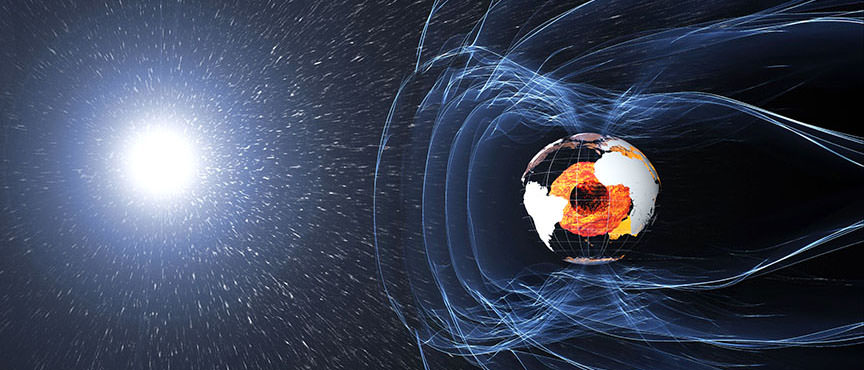
You’re probably worried about surface gravity, but a planet with double the mass of the Earth only needs to be about 40% larger to have about the same surface gravity.
At a recent conference in Barcelona, Dr. Stephanie Olson from the University of Chicago presented the work they had done in searching for the environments that would best support life on exoplanets.
They used a tool from NASA called the ROCKE-3D general circulation model. This is a really amazing tool that’s freely available to the public. You can go to the website, and then see what conditions would be like on different worlds, from ancient Venus to planets orbiting Proxima Centauri.
You can simulate their air temperatures, rainfall, soil concentrations and more.
Let me show you some examples. Here’s pre-industrial Earth, with air temperatures ranging from around 35 C near the equator to colder than -60 C at the poles.
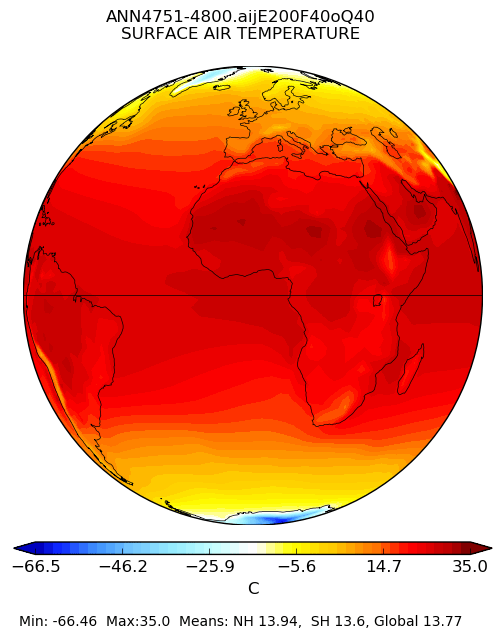
But you can replace the Earth with ancient Venus, the way the planet looked 2.9 billion years ago when the Sun was 20% dimmer than it is today. It still rotated once every 243 days, though, and probably had a shallow ocean that reached a depth of 310 meters across its lowlands.
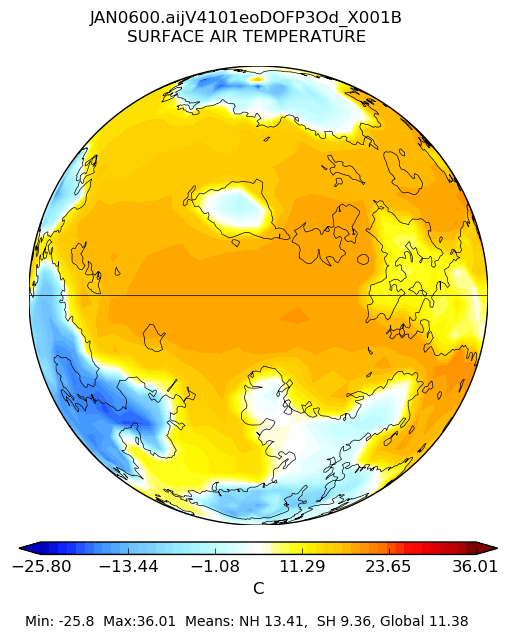
And here’s a planet orbiting the red dwarf star Proxima Centauri, the closest star to the Sun. Because it orbits so closely to its star, the planet is probably tidally locked. This has a dramatic impact on the air temperature with one side facing the star, and one side facing away.
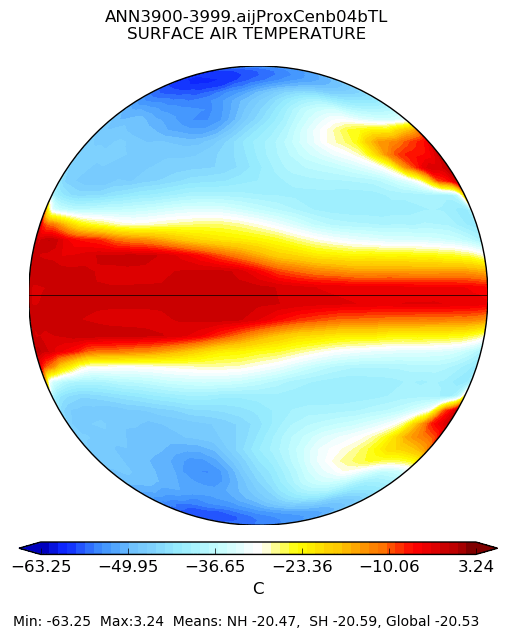
But if the planet does have resonance rotation, where it turns three times on its axis for every 2 orbits, and if it has an atmosphere that roughly matches the nitrogen and oxygen atmosphere of Earth, then you end up with a world that looks much more comfortable to live on.
Olson and her team used this software to simulate the climates and ocean habitats of different kinds of exoplanets. Here on Earth, the diversity of life depends on the upwelling of material from deep down in the oceans, returning it to the surface where life can use it.
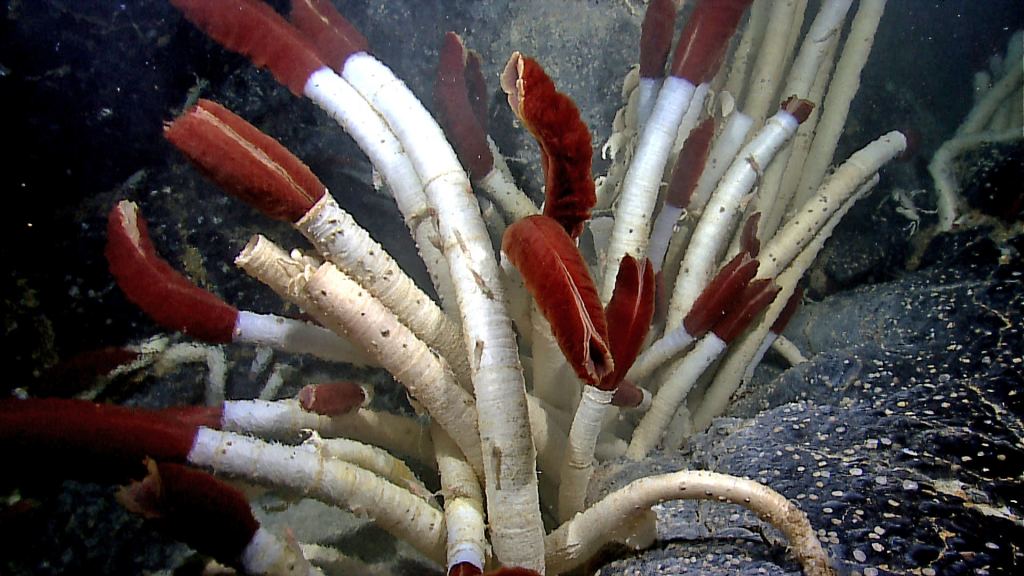
More upwelling means more biological activity, more diversity.
In other words, to find the planets with the most diversity of life, you want to find the worlds which have strong amounts of ocean circulation.
Is there anything better than Earth?
According to Olson, if a planet is rotating more slowly, has a higher atmospheric density, and has continents, then you can increase the amount of ocean circulation.
And this gives us an idea of what astronomers will be looking for as they examine extrasolar worlds. When NASA’s LUVOIR or HabEx missions fly in the 2030s, they’ll be able to directly image the surfaces of exoplanets. They’ll measure the chemicals in their atmosphere, detect water, and even determine how much of the planet is covered in continents.
We really shouldn’t be surprised if we do find super habitable worlds out there in the Milky Way, worlds which are clearly more habitable than the Earth. Once again, it turns out, we’re not special. That’s fine, at least we’ll have company.

